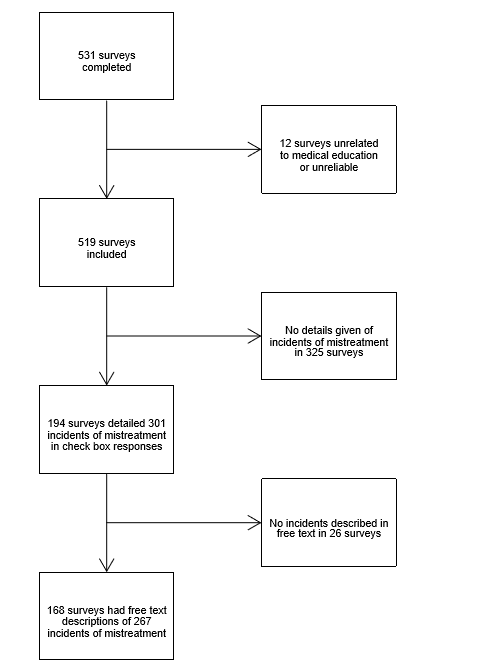BBiomed, MChD
Intern, The Tweed Hospital
Ms Alison Gibberd
PhD Candidate, University of Sydney
Sydney School of Public Health, University of Sydney, Australia
Ms Elise Buisson
Fourth Year Medicine, Western Sydney University
President of the Australian Medical Students’ Association, 2016
Dr Claire Hooker
Centre for Values, Ethics and the Law in Medicine, University of Sydney, Australia
Sydney School of Public Health, University of Sydney, Australia
Dr Kimberley Ivory
MBBS (Hons) MPH BMedSc DRANZCOG
Sydney School of Public Health, University of Sydney, Australia
Alison is a biostatistician with a special interest in Indigenous health. She is currently completing her PhD at the University of Sydney.
As president of AMSA in 2016, Elise has represented Australia’s medical students on a national and global scale. Throughout her time as president, and now as a final year medical student, she has worked tirelessly towards increased wellbeing and support for Australia’s medical students.
Dr Hooker is a senior lecturer in health humanities at Sydney School of Public Health. She is also a long-standing academic member of the Centre for Values, Ethics and the Law in Medicine. She has a special interest in doctor and patient experiences of health care and the ethics of healthcare communication.
Dr Ivory is a senior lecturer in population health at the University of Sydney. She has a special interest in the health humanities, especially bullying and harassment in healthcare and LGBTI health.




